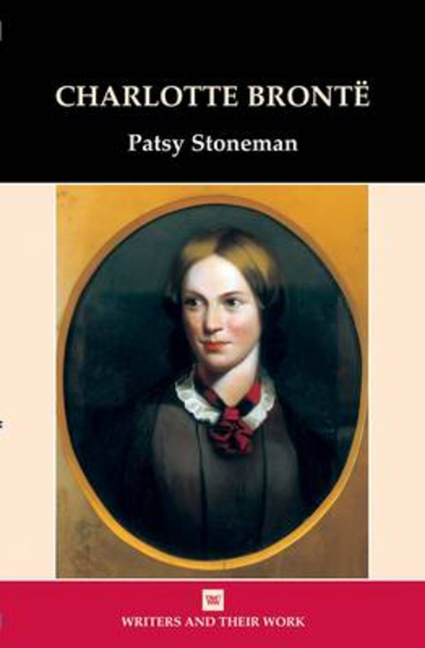1 - Early Life and Early Writing
Summary
These were the dying words of Charlotte Brontë's sister, Anne. As she died, in 1849, she knew that she was leaving Charlotte, aged 33, the sole survivor of six siblings. Their sister Emily had also wished for courage:
‘Tis all that I implore
In life and death, a chainless soul,
With courage to endure.
Charlotte and her sisters and brother had needed to summon courage to endure grief and bereavement from their earliest years. Their mother had died in 1821, when Charlotte was 5, brother Branwell 4, Emily 3 and Anne 1 year old. Their two elder sisters, Maria and Elizabeth, were only 7 and 6, but became to some extent mother-substitutes. Three years later, however, they were sent, with Charlotte and Emily, to the disastrously negligent Clergy Daughters’ School (the Lowood of Charlotte's Jane Eyre) from which Maria and Elizabeth returned only to die in their turn, aged 11 and 10. Charlotte, now the eldest at 9 years old, and Emily, aged 7, rejoined Branwell and Anne at their home in Haworth, in the West Riding of Yorkshire.
Haworth was a place which outsiders then regarded as harsh, remote and even uncivilized. Often referred to as an isolated village, it was in fact a small industrial town producing woollen cloth. There were hand-loom weavers who worked in their cottages up and down the steep main street, and there were nearly twenty small textile mills down in the valley. The Brontës’ father, however, was not a tradesman but Haworth's ‘perpetual curate’ (not quite a vicar, but more than a subordinate curate) and the Parsonage where they lived is somewhat apart from the town, at the very summit of its cobbled street, facing the church and enclosed on two sides by the graveyard. Behind the house the seemingly limitless moors stretch away to the horizon.
From 1825, when Charlotte and Anne returned home, until 1831, when Charlotte again went away to school, the four remaining children lived in the Parsonage with their father, the Reverend Patrick Brontë, and their mother's sister, ‘Aunt Branwell ’, who had left her home in distant Penzance to care for them. Viewed from outside, it seemed a bleak existence, and when Elizabeth Gaskell, the Manchester novelist, first met Charlotte the survivor in 1850, she wrote to a friend that ‘such a life as Miss B's I never heard of ’.
Information
- Type
- Chapter
- Information
- Charlotte Bronte , pp. 1 - 17Publisher: Liverpool University PressPrint publication year: 2011
